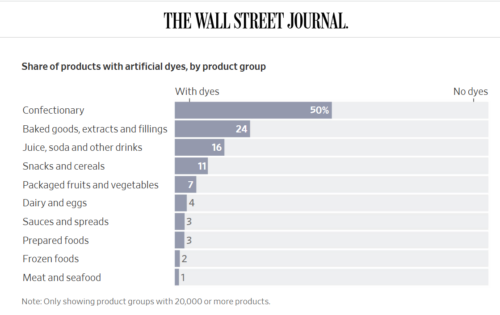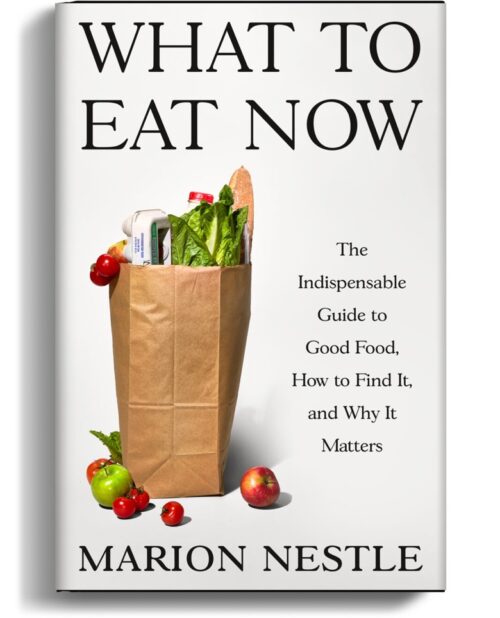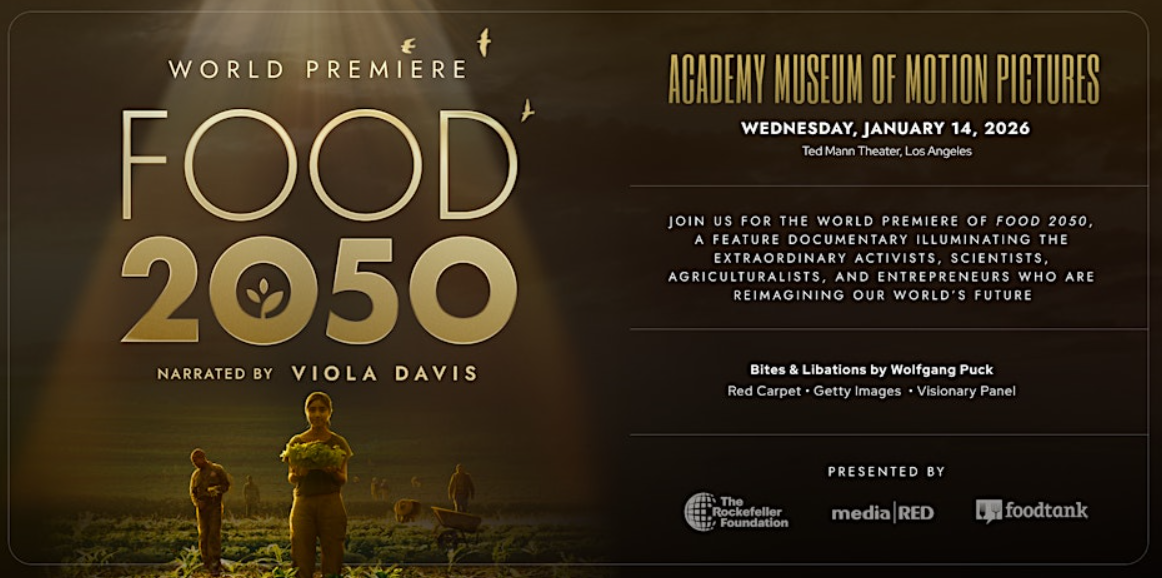In case it’s not obvious, I view studies claiming major health benefits from eating one food—mangoes in this case—to be about marketing, not science. We don’t eat just one food; we eat diets of enormous complexity. This makes such studies inherently ridiculous. And I’m not the only one who thinks so. Some examples:
I. Insulin sensitivity
This one comes from Obesity and Energetics Offerings’ occasional series on “Headline vs Study”
Headline: Daily Mango Consumption May Improve Insulin Sensitivity in Overweight or Obese Adults.
Study: RCT [randomized control trial] of Mango or Control Product: Markers of Inflammation [Joint Primary Outcomes] Were Not Different at the End of 4 Weeks. [Oops]
Here’s the press release from the National Mango Board: New Study: Eating Mangos Daily Shown to Improve Insulin Sensitivity and Blood Glucose Control. It notes: “This study was supported through an unrestricted grant from the National Mango Board (NMB). NMB had no influence over the study or its findings.”
II. Cholesterol and blood pressure
Here’s the blurb for this one: Journal of the American Nutrition Association Mango intake linked to short-term cholesterol, blood pressure benefits A two-week trial in postmenopausal women found that daily mango consumption lowered blood pressure and fasting cholesterol, though it did not affect microvascular function or inflammation markers. Read More
Conclusions: Further research using amounts of mango typically consumed, over an extended period of time, are warranted [well, at least this is an honest assessment].
Funding: This study was supported by a research grant from the National Mango Board. The sponsor had no role in the design or conduct of the study, the data analysis, interpretation of the results, or the decision to publish.
III. Diabetes prevention
Basiri R, Dawkins K, Singar S, Ormsbee LT, Akhavan NS, Hickner RC, Arjmandi BH. Daily Mango Intake Improves Glycemic and Body Composition Outcomes in Adults with Prediabetes: A Randomized Controlled Study. Foods. 2025; 14(17):2971. https://doi.org/10.3390/foods14172971
Conclusion: The daily consumption of mango for 24 weeks improved the glycemic control, insulin sensitivity, and body composition in adults with prediabetes, which supports the potential of mango as a practical dietary intervention for metabolic health.
Funding: The National Mango Board provided funding for this study.
From ConscienHealth: Magical Mango Thinking About Preventing Diabetes
Diabetes Prevention?
But the real problem with claiming a benefit for diabetes prevention is that this study did not study the onset of diabetes.
So do mangoes prevent diabetes? Not likely. Not all by themselves.
Are they a better snack than sugary granola bars? Probably so.
From Medical News Today: Is it OK to eat mango if you’re at risk for diabetes? Experts weigh in
- In a recent study, mangoes more effectively improved prediabetes risk factors in a new study than low-sugar granola bars.
- The key to mangoes’ better results likely lies in their being a whole food with natural fiber, vitamins, and nutrients.
- However, experts agree that the best way to avoid type 2 diabetes is to eat a balanced, healthy diet and be physically active, rather than to depend on a single ‘superfood’ to prevent the condition.
Comment
Enough said. I love mangoes (although I have to be careful about their skin and pits). Their deliciousness is reason enough to eat them. I suppose the Mango Board has to justify its existence….



